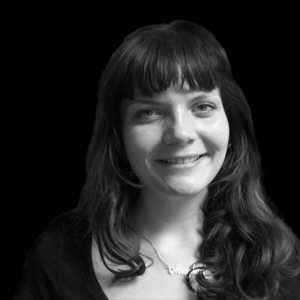Callaghan: Misconceptions about climate change after Typhoon Haiyan show need for visibility in environmental field
On Nov. 7, Typhoon Haiyan made landfall in Eastern Samar, Philippines and raged a course throughout the archipelago and surrounding areas that left devastation and despair as it went. In the Philippines alone, current counts have nearly 4,000 dead, according to the Filipino government.
Typhoon Haiyan, and more specifically the discourse surrounding the storm, highlights an issue in climate change communications, as many wrongfully assume the storm is the result of climate change. This reflects the larger issue of misconceptions regarding climate change. Therefore, both those in the scientific realm should readily educate the public on the reality of climate change, while the public needs to reach out for this true information.
Many point to global climate change as the reason for this natural disaster — which is partially true.
Haiyan was not caused by climate change. Typhoons, along with hurricanes like Katrina or Superstorm Sandy, are naturally occurring. Instead, climate change affects the frequency and intensity of storms. Typhoon Haiyan, Hurricane Katrina and Superstorm Sandy are most probably products of this increased intensity, but there is no way to prove causation.
This might seem like technicalities, but there must be an effort to get the right information out there — in this case, information that is accurate and true. Only then can we possibly come to direct climate policy, including recognition by our Congress.
There are myriad misrepresentations of climate change, but one of the most common is even held by congressional representatives. Climate change is not real, they say. The thing is that this is just plain false.
Climate change is scientifically proven. It is happening. What some climatologists and other scientists do not agree on is the exact source of climate change. Therefore, when climate change is debated, it is not for it’s existence, but whether it is anthropogenic or human caused.
While these debates still occur, an overwhelming amount of climate change scientists, climatologists and those in the field agree that climate change is anthropogenic, according to recent studies.
Those that do not believe in anthropogenic climate change are normally not in the field or do not have background knowledge on the subject. If we were to more properly disseminate climate change education, that large percentage that agrees can really make a difference.
It doesn’t help when more coverage in the media goes to people like Republican Congressman Paul Ryan, who was quoted in April as saying he does not believe in global warming because it “snows in my district,” according to The Huffington Post. Maybe the issue and policy work would be different if coverage was pushed toward actual scientists rather than those simply pushing their own political agendas.
This assumption that global warming will make every town, city and country hotter is also a quite frequent misconception. It became so confusing for so many people that the science community made a decision and effort to instead refer to it as “climate change.”
The climate is being disrupted. Some places will be warmer and some will be colder. Some will be rainier and some will be drier. Overall, the world’s average temperature will be higher, but that does not mean that we will never again have winter.
Scientists and professionals of the environmental field have tried to properly communicate climate change, but what has happened is a confusing mishmash of ideas. It is time for those professionals to up the ante, while the public makes more of an effort to educate itself on the topic.
Meg Callaghan is a senior environmental studies major at SUNY-ESF. Her column appears weekly. She can be reached at mlcallag@syr.edu.
Published on November 19, 2013 at 1:58 am







